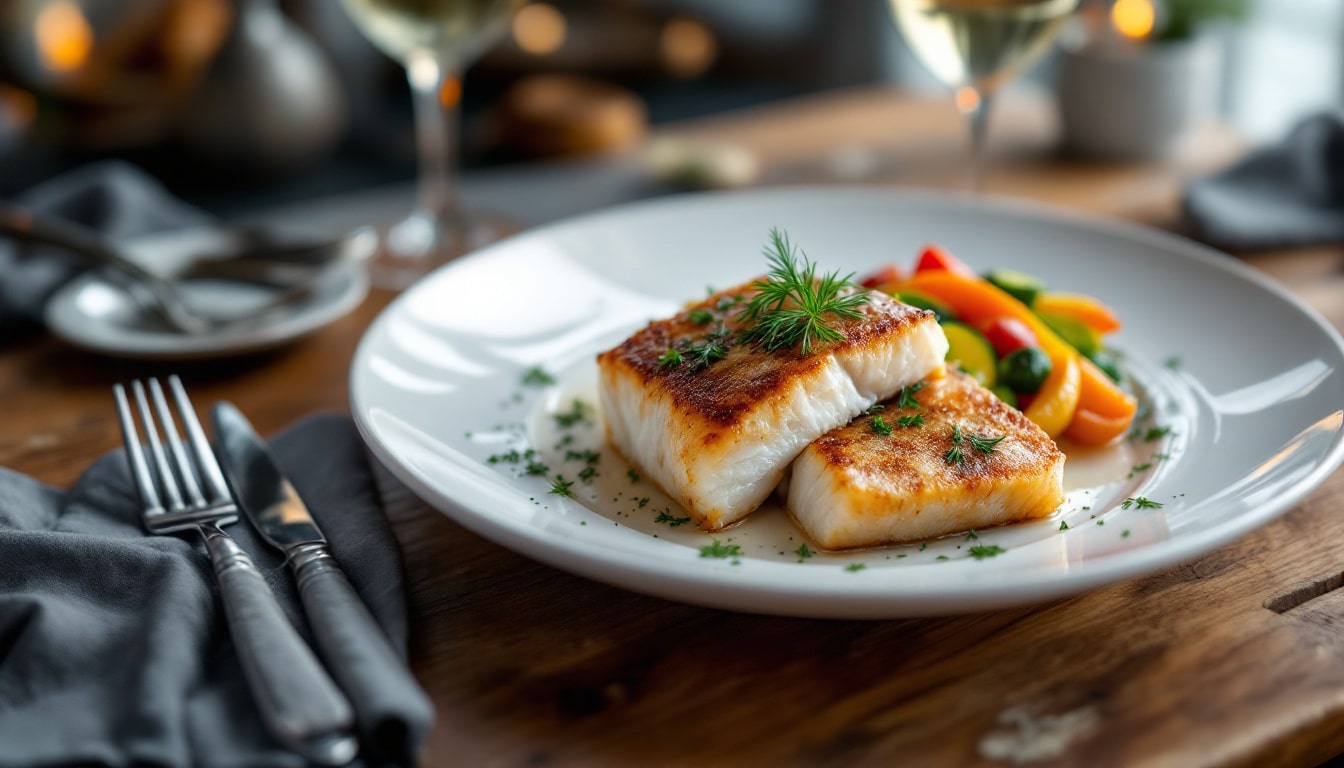The fish cheeks represent a cut often overlooked by seafood enthusiasts. In reality, these little culinary wonders, located just below the eyes of the fish, offer a delicate texture and a subtle flavor that delight gourmets. While they are widely celebrated in Asian cuisines, they remain largely underestimated in the West. Exploring this specific cut not only broadens one’s culinary repertoire but also allows for a unique and refined gastronomic experience.

The fish cheeks represent a cut often ignored in Western cuisine; however, they are bursting with unique flavors and a melting texture that deserves to be explored. Originating from the flesh located just beneath the eyes of fish, these pieces are prized in certain cultures, particularly in Asia, where they are considered a delicacy. It’s time to reassess this part of the fish and give it the attention it deserves, as it brings a dimension of flavor and sophistication to various dishes.
Table of Contents
ToggleA culinary treasure with multiple possibilities
In the kitchen, fish cheeks adapt to a multitude of preparations. Whether sautéed, roasted, or even in sauce dishes, their possibilities are vast. For example, some recipes use cod cheeks in a watercress cream, which subtly enhances their delicate flavor. Other chefs opt for a side of crunchy vegetables, creating a perfect balance between texture and taste. Recipes like monkfish cheeks in coconut cream with lemon highlight this delicate meat.
How to cook fish cheeks?
To fully enjoy fish cheeks, it is essential to prepare them with care. Start by gently cleaning them, removing any excess skin. Then, it is common to poach them in a flavored broth or to quickly sauté them to preserve their tenderness. Once cooked, they can be integrated into hot dishes or even served cold as an appetizer. Skrei cheek fritters are a fun way to enjoy this piece, bringing back a Norwegian specialty while pleasing the palate.









